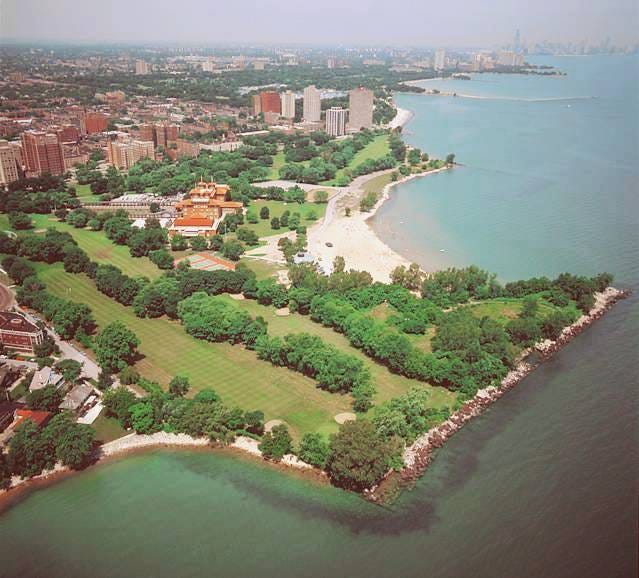Zoning Reform Can't Fix Everything

Chicago's South Shore neighborhood, looking northward toward the Loop. Source: chuckmanplaces.wordpress.com
It's easy to find the critical flaw in the zoning reformer's argument, if you remember this truism -- there is greater variation within metro areas than between them.
I've written before in response to the growing position that strict land-use reg…
Keep reading with a 7-day free trial
Subscribe to The Corner Side Yard to keep reading this post and get 7 days of free access to the full post archives.


